Nestled amidst the misty mountains, a hidden gem of green perfection flourishes – organic wasabi. The journey to cultivating this prized plant is not only a feast for the eyes but also a hands-on learning experience that promises a deeper understanding of this elusive crop.
As visitors embark on this adventure, they will uncover the secrets behind the unique water-grown wasabi and the meticulous Keiryū cultivation style. But that’s just the beginning of a flavorful exploration that awaits those willing to dig deeper into the world of organic wasabi.
Key Takeaways
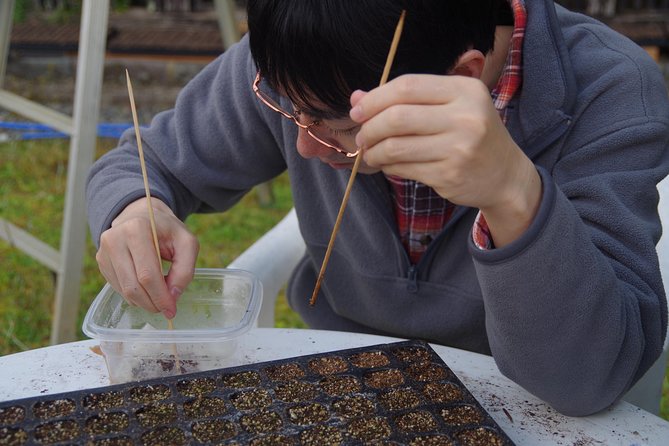
- Organic wasabi farming is a natural, sustainable, and environmentally friendly approach.
- Water-grown wasabi offers unique flavors, higher nutrients, and reduced pesticide use.
- Keiryū style cultivation focuses on tradition, sustainability, and authentic taste.
- Experience hands-on wasabi fields for an immersive learning journey in cultivation dedication.
Benefits of Organic Wasabi Farming
Organic wasabi farming offers a natural and sustainable approach to cultivating this prized Japanese plant, providing a healthier and environmentally friendly alternative to conventional methods.
Sustainable practices are at the core of organic farming, focusing on maintaining soil health, conserving water, and avoiding synthetic chemicals.
By choosing organic wasabi, one can enjoy the health benefits of a plant grown without pesticides or artificial fertilizers. This means fewer harmful substances in your food and a more nutritious end product.
Embracing organic farming practices not only benefits personal health but also contributes to a more sustainable and eco-friendly agricultural system.
Next, let’s delve into the process of understanding water-grown wasabi.
Understanding Water-Grown Wasabi

Switching from traditional farming methods to water-grown cultivation is a game-changer for those looking to truly appreciate the unique flavors of wasabi. Water-grown wasabi techniques have a rich history and are known for their sustainability. This method involves cultivating wasabi in a water-based environment, providing optimal conditions for its growth.
Water-grown wasabi tends to have higher levels of nutrients compared to soil-grown varieties, making it a nutritious choice. Additionally, this technique is environmentally friendly, as it reduces the need for excessive pesticide use. By understanding the benefits of water-grown wasabi, individuals can enjoy a more flavorful and sustainable option that not only tastes great but also contributes to a healthier lifestyle.
Exploring Keiryū Style Cultivation

Keiryū Style Cultivation offers a hands-on approach to experiencing the traditional methods of cultivating wasabi in Japan’s Shimane Prefecture. This style emphasizes sustainable practices and traditional methods, ensuring minimal environmental impact and water conservation.
By following these age-old techniques, farmers can maintain the delicate balance of nature while producing high-quality wasabi. The focus on sustainability not only benefits the environment but also contributes to the authentic taste and quality of the final product.
Keiryū Style Cultivation is a testament to the harmonious relationship between humans and nature, showcasing how ancient wisdom can lead to modern solutions. By exploring this method, visitors can gain a deeper appreciation for the intricate process behind cultivating wasabi while actively participating in its preservation.
Trekking Into Wasabi Fields
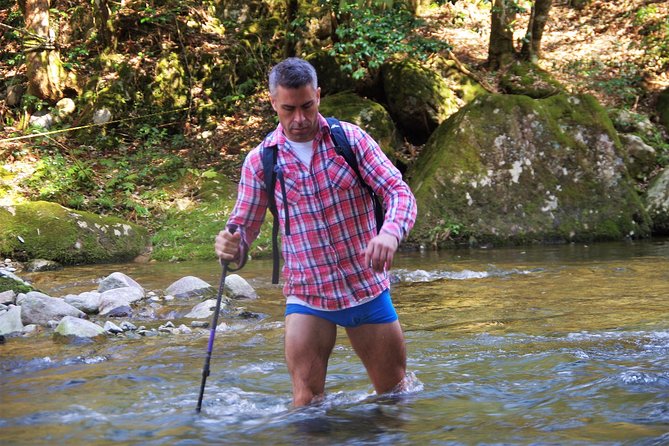
Embarking on a guided trek through the lush and serene wasabi fields of Shimane Prefecture is a captivating way to immerse oneself in the authentic cultivation experience. Exploring nature at its finest, trekkers can witness firsthand the intricate farming techniques involved in growing premium Keiryū style wasabi.
As visitors venture into the mountains, they’ll gain valuable insights into the traditional methods used to nurture these delicate plants. The experience doesn’t just stop at observation; participants get hands-on experience in tending to the fields, truly connecting with the process.
It’s an adventure that not only educates but also provides a deeper appreciation for the dedication and skill required in cultivating organic wasabi.
Practical Tips for Wasabi Farming
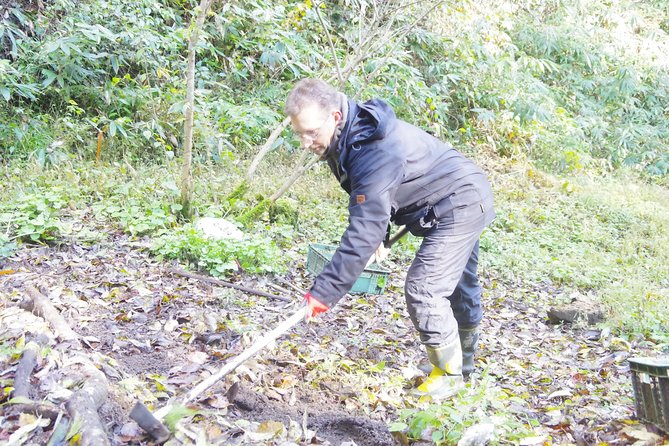
For those looking to dive into the world of wasabi farming, getting hands-on experience is key to understanding the intricacies of cultivating this prized plant.
When it comes to soil preparation, ensure it’s well-draining and rich in organic matter to promote healthy growth.
For irrigation techniques, consider drip irrigation to provide a consistent water supply without waterlogging the plants.
In terms of pest management, natural predators like ladybugs can help control unwanted pests without resorting to harsh chemicals.
Additionally, practicing crop rotation can help prevent soil depletion and minimize disease risks.
Experience Lunch at Wasabi Field
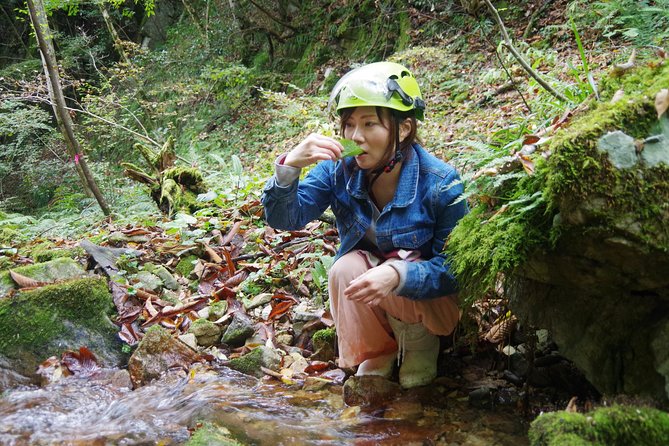
When it’s time for a break from the hands-on farming, a delicious lunch awaits you at the Wasabi Field during your tour. You’ll experience a farm-to-table delight that combines traditional techniques with culinary delights for a true cultural immersion.
Picture yourself savoring freshly prepared dishes infused with the unique flavor of wasabi, all while surrounded by the lush greenery of the fields. This lunch experience isn’t just about food; it’s a journey into the heart of Japanese agriculture.
You’ll appreciate the care and precision that goes into each dish as you learn more about the farming practices that sustain this exceptional cuisine. Get ready to delight your taste buds and expand your culinary horizons at the Wasabi Field.
Frequently Asked Questions
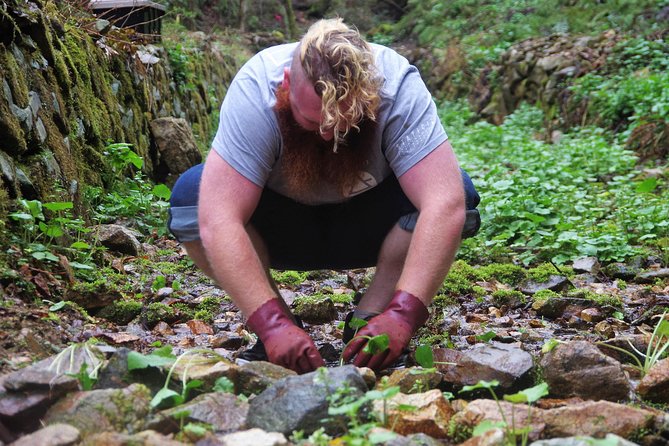
How Long Does It Take for a Wasabi Plant to Reach Maturity and Be Ready for Harvest?
It typically takes around 1.5 to 2 years for a wasabi plant to reach maturity and be ready for harvest. Cultivation techniques like proper shading and water management play a crucial role in ensuring optimal growth timeline and harvest readiness.
What Are the Environmental Benefits of Organic Wasabi Farming Compared to Conventional Methods?
Organic wasabi farming offers significant environmental benefits over conventional methods. It promotes soil health and sustainability while enhancing biodiversity and providing ecosystem benefits. By avoiding synthetic chemicals, organic practices contribute to a more balanced and resilient agricultural system.
Are There Any Specific Challenges or Risks Involved in Trekking Into the Mountains to Farm the Wasabi Fields?
Trekking into the mountains to farm the wasabi fields poses challenges due to the rugged terrain and remote location. Safety risks include slips, falls, and isolation. Proper gear and caution are essential.
How Does the Taste of Water-Grown Wasabi Differ From Other Forms of Wasabi Cultivation?
Water-grown wasabi, due to its unique growing conditions, offers a more delicate and nuanced flavor compared to other cultivation methods. Its taste is often described as fresher, with a smoother texture, enhancing culinary dishes with subtler yet vibrant flavor profiles.
Are There Any Unique Traditions or Customs Associated With Keiryū Style Wasabi Cultivation That Visitors Should Be Aware Of?
When it comes to keiryū style wasabi cultivation, visitors can discover traditional practices that hold cultural significance. These methods reflect a deep-rooted connection to the land and a commitment to preserving age-old techniques.
Conclusion
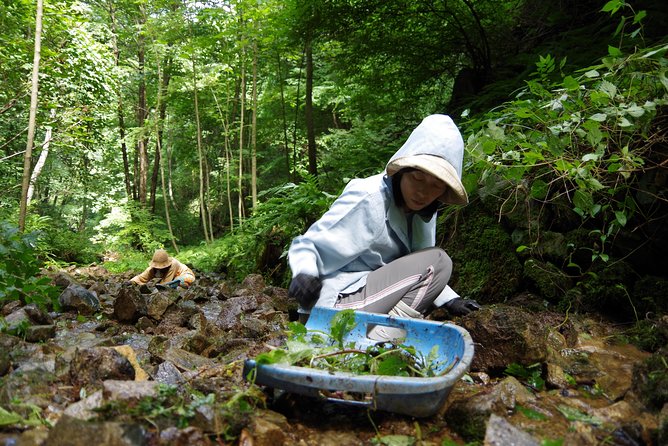
So, if you’re looking for a unique and budget-friendly adventure in Japan, why not try your hand at cultivating organic wasabi in the mountains of Shimane Prefecture?
From learning about water-grown wasabi to exploring Keiryū style cultivation, this experience offers a hands-on and insightful look into the world of this prized plant.
Don’t miss out on the chance to trek through picturesque landscapes and enjoy a delicious lunch featuring freshly harvested wasabi – it’s an experience you won’t forget!
